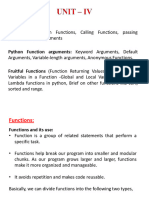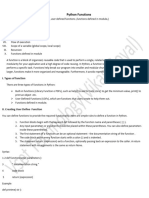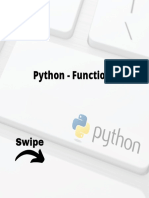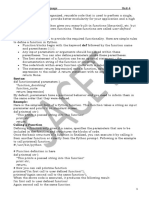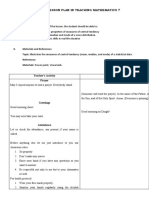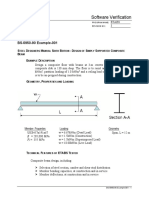0% found this document useful (0 votes)
3 views21 pagesLecture 5
This document provides an overview of functions in Python, covering topics such as defining, calling, and best practices for functions. It explains various types of function arguments, including required, keyword, default, and variable-length arguments, as well as the concept of global and local variables. Additionally, it introduces lambda functions and their syntax, highlighting their unique characteristics compared to standard function definitions.
Uploaded by
The Kalam HouseCopyright
© © All Rights Reserved
We take content rights seriously. If you suspect this is your content, claim it here.
Available Formats
Download as PDF, TXT or read online on Scribd
0% found this document useful (0 votes)
3 views21 pagesLecture 5
This document provides an overview of functions in Python, covering topics such as defining, calling, and best practices for functions. It explains various types of function arguments, including required, keyword, default, and variable-length arguments, as well as the concept of global and local variables. Additionally, it introduces lambda functions and their syntax, highlighting their unique characteristics compared to standard function definitions.
Uploaded by
The Kalam HouseCopyright
© © All Rights Reserved
We take content rights seriously. If you suspect this is your content, claim it here.
Available Formats
Download as PDF, TXT or read online on Scribd
/ 21
























